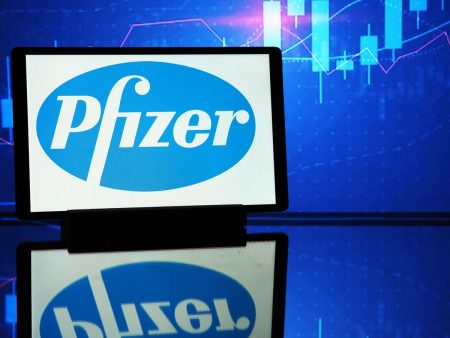Danaher stock (NYSE: DHR) recently reported its Q1 results, exceeding street expectations with revenue of $5.8 billion and adjusted earnings of $1.92 per share, compared to consensus estimates of $5.3 billion and $1.60. The market responded positively with a 7% increase in the stock price following the earnings release. In this article, we will analyze Danaher’s stock performance, key takeaways from its recent results, and its current valuation.
Despite a 15% increase in DHR stock from early January to around $255, it has been far from consistent, with returns of 48% in 2021, -19% in 2022, and -13% in 2023. In comparison, the S&P 500 saw returns of 27% in 2021, -19% in 2022, and 24% in 2023. This indicates that Danaher underperformed the S&P in 2023, as did many other individual stocks and heavyweights in the Health Care sector.
Looking ahead, with the uncertain macroeconomic environment characterized by high oil prices and elevated interest rates, the question arises whether Danaher could face a similar situation as in 2023 and underperform the S&P over the next 12 months. From a valuation perspective, DHR stock is currently trading at 7.8x revenues, slightly higher than the 7.1x average over the last five years, indicating that it may be fully valued at its current levels.
In Q1, Danaher’s revenue of $5.8 billion was down 2.5% year-over-year, with a 6% growth in Diagnostics revenue and a 2% rise in Life Sciences sales offset by an 18% decrease in Biotechnology sales. The company’s operating margin contracted by 290 basis points to 22.6%, resulting in earnings of $1.92 per share on an adjusted basis, compared to $2.05 in the prior-year quarter. Looking ahead, Danaher expects its core revenue to decline in low single-digits in 2024, mainly due to lower sales in the Biotechnology segment.
Despite the positive Q1 results, the stock price increase may have already priced in the good news. With DHR stock trading at around $250 and fully valued, investors looking to enter may benefit from waiting for a dip for better long-term gains. It is also important to compare Danaher’s performance with that of its peers to gain a better understanding of how it stacks up within its industry. Investors can utilize peer comparisons to make informed decisions about their investments.
In conclusion, Danaher’s strong Q1 results have bolstered its stock performance, but the current valuation may limit further upside potential. As the company expects a decline in core revenue in 2024, investors should carefully evaluate their investment decisions and consider waiting for a better entry point to maximize long-term gains. Peer comparisons can also provide valuable insights for investors looking to make well-informed investment choices.















